Understanding the Ransomware Recovery Timeline
Understanding the Ransomware Menace
The Ransomware recovery timeline begins when a cyber attack holds our data hostage, marking a critical threat to our cybersecurity landscape. As a leading provider of IT management and network services, we at Alvaka recognize the gravity of such a situation. Ransomware is a type of malicious software that encrypts files and demands payment for the decryption key. The impact on businesses is severe, as it can render data inaccessible, disrupt operations, and result in substantial financial loss. Understanding the recovery timeline is crucial; it helps us anticipate the challenges ahead, manage resources effectively, and minimize downtime. Our insights are rooted in comprehensive analysis from authoritative cybersecurity reports and studies to ensure you receive the most accurate information.
Importance of a Well-Defined Ransomware Recovery Timeline
Having a clear roadmap for recovery in the wake of a ransomware attack is indispensable. A well-defined ransomware recovery timeline not only aids in swift restoration of services but also instills confidence among stakeholders that the situation is under control. The guidelines outlined by recognized institutions, such as the National Institute of Standards and Technology (NIST), provide a benchmark for our disaster recovery and business continuity planning. At Alvaka, we leverage these guidelines to tailor a cohesive and strategic response that aligns with the unique needs of each organization we serve.
Recognizing the Signs of a Ransomware Attack
Proactive detection is the first line of defense in the face of a ransomware offensive. Knowing the early indicators of an incipient attack is pivotal for shaping the ransomware recovery timeline accurately. These signs may range from unusual network activity to the unexpected encryption of files. By assessing case studies and real-life scenarios, along with insights from cybersecurity experts, we can prepare and fine-tune our alert systems. Our vigilance enables us to detect ransomware expediently, allowing us to initiate the recovery process decisively and mitigate potential damage.
Immediate Response: The Critical First Steps
Initiating Our Incident Response Protocol
When a ransomware attack strikes, the clock starts ticking. We understand that the ransomware recovery timeline plays a pivotal role in mitigating the damage. As such, our immediate response kicks off with the activation of the Incident Response (IR) Team. This cross-functional team moves swiftly to assess the situation, following meticulously devised protocols to contain the incident. Our goal is to halt the ransomware’s spread to prevent further encryption of files or data exfiltration.
Securing the Epicenter of the Attack
In pinpointing the epicenter, we take decisive action to isolate affected systems, cutting off network connectivity to curtail the ransomware’s reach. This involves shutting down certain segments of our network, blocking unnecessary ports, and disconnecting storage devices, while maintaining essential business functions. By executing these measures, we lay the groundwork for a systematic and secure ransomware recovery timeline.
Assessing the Impact with Precision
We rapidly proceed to evaluate the scope of the attack, determining which assets are compromised and to what extent. It’s not just about identifying encrypted files—it’s about understanding the breach’s repercussions on our operations. We methodically collect data on the affected endpoints and servers, which will support our strategic planning for recovery and guide the timeline for restoring services safely.
Communication Channels: Keeping Stakeholders Informed
As we manage the incident, maintaining transparent communication with stakeholders is among our top priorities. We provide regular updates, inform clients of the situation, and reassure them of our hands-on approach to resolving the crisis. This strategic dialogue is crucial, not only for trust-building but also for coordinating with external partners who may play a role in our recovery efforts.
Engaging with Law Enforcement and Cybersecurity Experts
With the incident under control, we seek the expertise of law enforcement and cybersecurity professionals. Their insights are invaluable—helping us to understand the attack vector and ensuring that our recovery strategies are robust. We collaborate closely with these experts to monitor for any developments that might impact our ransomware recovery timeline, ensuring that all actions are both informed and legally compliant.
- Swift activation of the Incident Response Team
- Isolation of affected networks and systems
- Comprehensive impact assessment
- Transparent communication with all stakeholders
- Collaboration with law enforcement and cybersecurity experts
Eradicating the Ransomware and Strengthening Defenses
Our next move focuses on eradicating the ransomware from all systems. Using advanced malware removal tools and techniques, our experts diligently work to clean and restore operations. We don’t just stop there; we also leverage this experience to bolster our defenses, updating security protocols, and implementing enhanced safeguards to thwart future attacks. This crucial step reinforces our commitment to shortening the ransomware recovery timeline and creating a more resilient IT environment.
Commencing Data Recovery and System Restoration
As we pivot towards recovery, our attention shifts to restoring encrypted data from backups. We meticulously verify the integrity of our backups before any restoration efforts begin to ensure no compromise has occurred. Our comprehensive data recovery measures are executed with precision, aligning with the ransomware recovery timeline to reestablish normal operations as quickly and safely as possible.
Did you know that the average downtime due to a ransomware attack is 21 days, emphasizing the need for immediate, well-structured response plans?
Finalizing Your Ransomware Recovery Timeline
As the dust settles and your business begins to regain normalcy after a ransomware attack, establishing and reflecting on your ransomware recovery timeline is not just a retrospective task—it’s a forward-looking blueprint for resilience. At Alvaka Networks, we believe that the final stages of managing ransomware incidents are critical for strengthening your cybersecurity posture and preparing for future threats.
Analysis and Review: Learning from the Incident
Once operations are back on track, conducting a thorough analysis of the incident is indispensable. We meticulously review every stage of the attack and recovery process, gleaning lessons to fortify your defenses. This involves:
– Assessing how the ransomware entered your network.
– Evaluating the effectiveness of the incident response.
– Identifying any shortcomings in your cybersecurity practices.
This post-recovery audit is a cornerstone for enhancing your disaster recovery strategies and refining your ransomware recovery timeline for future incidents.
Continuous Improvement: Updating Your Cybersecurity Measures
We don’t just restore your systems; we elevate them. By integrating the latest cybersecurity technologies and strategies post-recovery, we ensure your infrastructure is robust against evolving ransomware tactics. Continuous improvement means regularly updating your ransomware response protocols to shrink the recovery timeline and mitigate potential losses in future attacks.
Training and Awareness: Building a Cyber-Savvy Workforce
Empowering your employees with knowledge and awareness about ransomware is another critical step in our holistic approach to recovery. We conduct tailored training sessions to help your team recognize the earliest signs of an attack, understand the importance of the recovery timeline, and respond swiftly to security threats—transforming your workforce into your strongest line of defense.
Maintaining Vigilance: Proactive Monitoring and Response
At Alvaka, our commitment to your cybersecurity extends well beyond the recovery phase. We establish continuous monitoring and proactive threat hunting to keep vigilance high. By actively searching for potential vulnerabilities and signs of cyber threats, we aim to prevent ransomware incidents from disrupting your business continuity in the first place, significantly narrowing any breach that could impact your well-defined ransomware recovery timeline.
Elevating Your Cybersecurity Posture with Alvaka
Your journey with us doesn’t end with recovery. We’re here to partner with your business in strengthening your cybersecurity posture for the long term. By refining your ransomware recovery timeline and implementing strategic enhancements, Alvaka ensures that you’re not just recovering; you’re evolving to meet the challenges of the digital landscape with confidence and preparedness.
Paving the Road to Recovery and Beyond
In every crisis lies an opportunity for growth. Let Alvaka guide your business through the complexities of ransomware attacks and lead you into a future where your resilience becomes your competitive advantage. With a strategic ransomware recovery timeline and a partner committed to excellence in cybersecurity, your path to recovery is just the beginning of your journey toward impenetrable digital defense.
FAQ
What is ransomware and how does it impact businesses? ▼
Ransomware is a type of malicious software designed to block access to a computer system or data until a sum of money is paid. It can be devastating for businesses, leading to significant downtime, data loss, financial loss, and damage to reputation. Understanding the threat is the first step toward preparing for a swift and effective recovery.
Why is a well-defined ransomware recovery timeline important? ▼
A well-defined recovery timeline is crucial because it helps organizations respond promptly and effectively to a ransomware attack. It ensures that all steps from detection to restoration are planned and executed in a structured manner, minimizing operational impact and downtime.
What are the early signs of a ransomware attack? ▼
Early signs include unusual network activity, unauthorized access alerts, file encryption, and ransom notes appearing on devices. Quick recognition of these signs allows us to initiate the recovery timeline at the earliest possible stage, mitigating the impact.
What should be our immediate response upon detecting a ransomware attack? ▼
Upon detecting a ransomware attack, our immediate response should include isolating affected systems, securing backups, and initiating contact with cybersecurity professionals. Prompt action can limit the spread and kick-start the recovery process.
How do we assess the damage caused by ransomware? ▼
We assess the damage by conducting a thorough investigation of the affected systems, determining the scope of compromised data, and identifying the ransomware variant to understand its behavior and potential impact further.
Should we pay the ransom demanded by attackers? ▼
Paying the ransom is not recommended as it does not guarantee that access to data will be restored and may further encourage criminal activity. We prioritize restoring operations through backups and recovery processes while working with law enforcement.
What are the key components of a ransomware recovery plan? ▼
The key components include identification of the attack, containment measures, eradication of the ransomware, recovery of the data and systems, and conducting a post-incident analysis to strengthen future defenses.
How can backups aid in ransomware recovery? ▼
Backups are essential as they allow restoration of data without engaging with the attackers. They must be regularly updated and stored securely, ensuring that they are inaccessible to ransomware infections.
What role do cybersecurity experts play during ransomware recovery? ▼
Cybersecurity experts are instrumental in the recovery process; they analyze the ransomware, assist in the removal of malware, help secure the systems, and support the recovery of data, ensuring the most efficient path to restoration is followed.
How do we improve our defenses against future ransomware attacks? ▼
To improve our defenses, we regularly update and patch systems, enforce strong access controls, conduct employee training on cyber threats, maintain robust backups, and consistently evaluate and improve our cybersecurity policies.

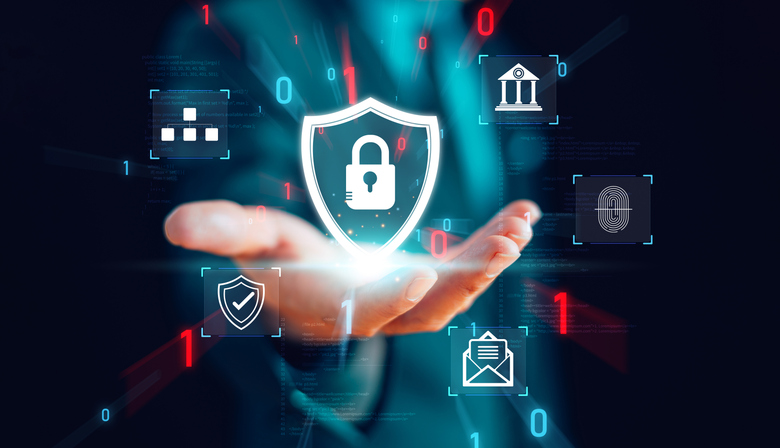
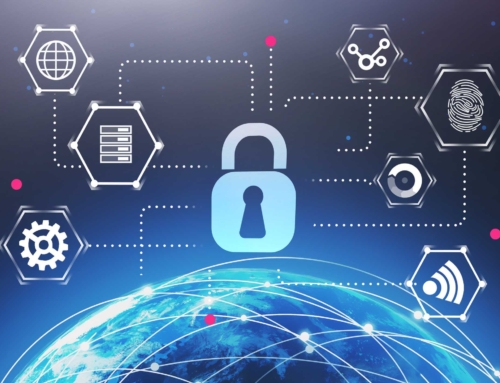
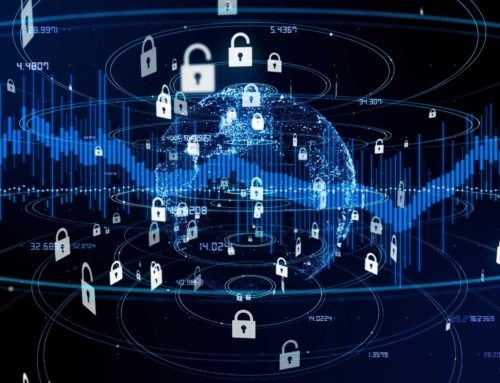
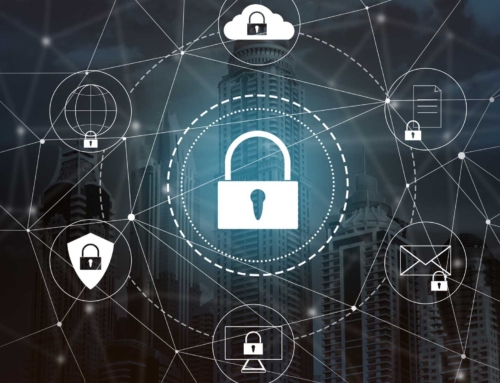
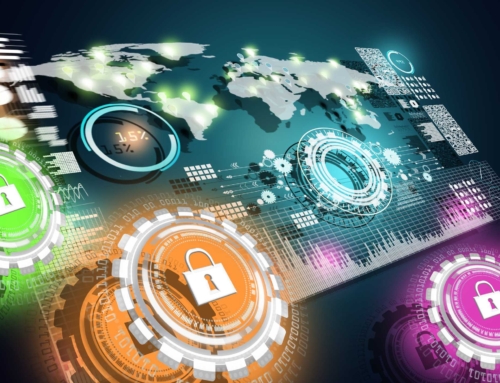


 Smoke testing is a term used to describe the testing process for servers after patches are applied.
Smoke testing is a term used to describe the testing process for servers after patches are applied.  This is a basic cost calculator for you to compute your typical monthly cost for patching your servers, PCs, laptops, tablets and associated application software. It also forms the basis for you to begin calculating your Return on Investment for software patching, or for comparison with alternatives to the manual process of patching operating systems and application software—such as Patch Management as a Service, also known as Vulnerability Management as a Service.
This is a basic cost calculator for you to compute your typical monthly cost for patching your servers, PCs, laptops, tablets and associated application software. It also forms the basis for you to begin calculating your Return on Investment for software patching, or for comparison with alternatives to the manual process of patching operating systems and application software—such as Patch Management as a Service, also known as Vulnerability Management as a Service.